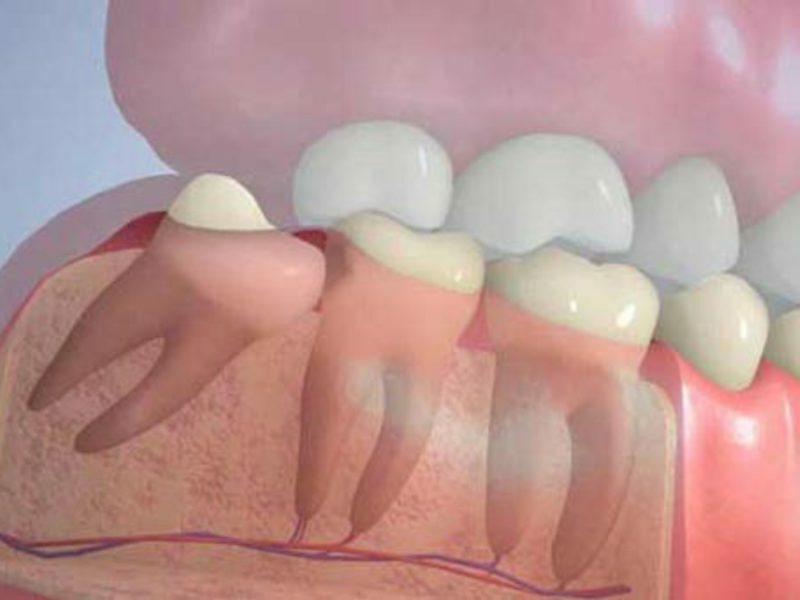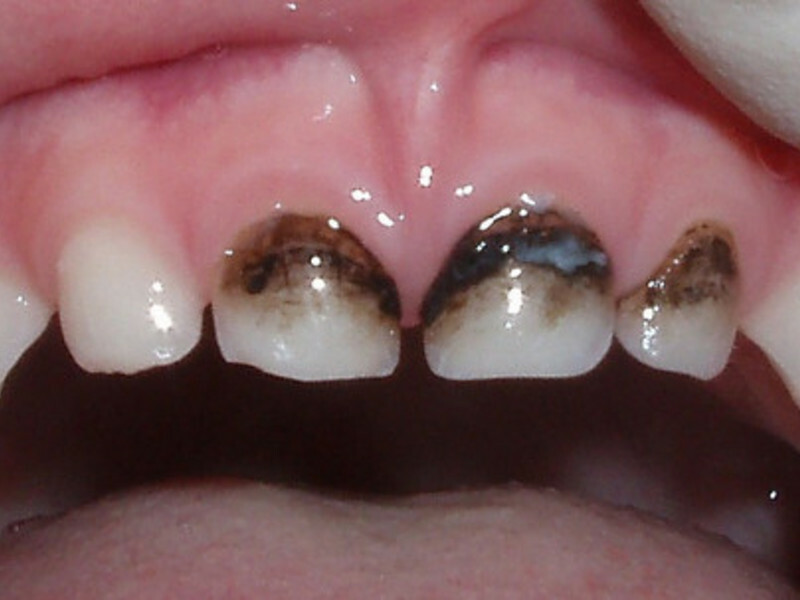Treatment of hypersensitivity of teeth

The reasons for the increased sensitivity of the teeth are a violation of the enamel layer of the tooth and denudation of its dentinal tubules. It is expressed in a sharp reaction to sweet, sour, hot, salty, cold, etc. and requires immediate treatment.
The treatment of hypersensitivity of the teeth is carried out with the help of preparations that encircle the micropores of the enamel and the dentinal tubules. We use drugs that promote the mineralization of hard tissues, the so-called remineralization of the tooth, which significantly reduces the size of the tubules and micropores. Some medicines contain potassium salts. They reduce the excitability of the nerve fiber of the pulp, thereby interrupting the transmission of painful impulses, so that the sensitivity of the teeth decreases. Potassium salts are part of some personal care products. However, they are not intended for the treatment of hyperesthesia.
The drug for closing the dentinal tubules of the teeth is the Sil and Protect. It is a dentine adhesive, which includes a special nanofiller with particles of 7 nm. Due to their very small size, the particles easily penetrate into the tubules and seal them. In addition, the preparation creates such a protective coating, in which no infected plaque is formed. Thanks to triclosan( broad-spectrum antimicrobial substance) and fluoride compounds, the Sil and Protect prevents the development of caries. It is recommended to apply it regularly 2 times during the year, to people after periodontal surgery.
Fluorocal or fluorolac is also used to treat hyperesthesia. It changes the crystal structure of the tooth enamel, strengthening it to the action of the acidic medium and for some time can cover the dentinal tubules and pores of the enamel. All this is due to the fluoride compounds that form part of the Fluoxal. In addition, the drug stops the reproduction of bacteria and reduces the amount of soft plaque. Fluoride has an effective effect not only on enamel, but also dentin, and cement of the root.
A new method of treating high tooth sensitivity is the "deep fluorination" method, in which enamel remineralization takes place. This method is the most physiological, since it leads to a decrease in the micropores of tooth enamel in a natural way, with the preservation of the tooth tissues. It is used for the prevention and treatment of primary caries, reducing the sensitivity of the neck of the tooth, as well as for mineral sealing of fissures, that is, depressions on the chewing surface of large molars.
For the "deep fluoridation" method, an enamel-sealing liquid has been developed. It is a two-component preparation that contains enamel-sealing liquid( copper and magnesium salts, fluorides) and copper-calcium hydroxide paste( colloidal metastable system).Components are applied to the enamel consistently. In the micropores of the enamel, a chemical reaction takes place between them, which leads to the formation of submicroscopic crystals of fluoride copper, calcium fluoride, magnesium fluoride, and silicic acid gel. These crystals can remain in the micropores of enamel up to 2 years. During this time, they release fluoride ions, thanks to which remineralization occurs. Usually the procedure is repeated after 1-3 weeks and is performed 1-2 times during the year.
By the same principle was created Dentin-sealing liquid. This drug is different in its composition. The result of the chemical reaction is a dense polymer based on silicic acid, which includes submicroscopic crystals of fluoride copper and calcium fluoride. Dense polymer particles seal the dentin canals and protect the pulp from irritants. Also, the drug is effectively used as a gasket in filling cavities to protect the pulp, to prevent recurrence of caries, as well as secondary caries after dental restorations, to reduce the sensitivity of dentin during stump treatments( for crowns) and tooth cavity. Thanks to copper ions, which are part of both preparations, they have bactericidal properties.



